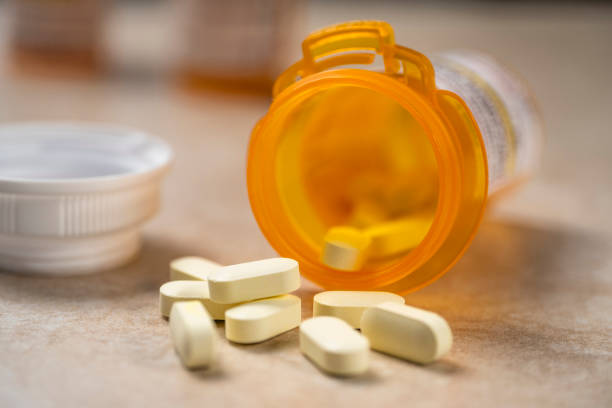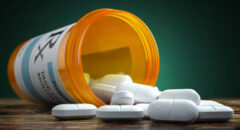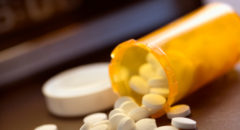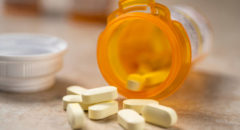
What image comes to mind when you think of someone addicted to a drug? A typical drug user could easily be your next-door neighbor, the teen who babysits your kids, or the grandmother you chat with at the grocery store. That’s because they could be dependent on alcohol, or a drug reputed to give them energy to study all night, or a drug their friends raved about — even the pain or anxiety medication they bought at the local pharmacy.
About 7 million Americans abuse prescription drugs, according to the last available statistics. That is far more than the number of people who abused crack cocaine, ecstasy, and heroin combined.
Most people don’t become addicted to the prescription drugs they take. But there are many who are getting drugs without a prescription or using prescription drugs to get high. It’s especially common among young people. In fact, according to government estimates, prescription drug abuse is second only to marijuana use among 12 to 17-year-olds. Abuse of prescription pain relievers also appears to be on the rise among people of all ages, educational levels and ethnicities.
What are the most commonly abused prescription drugs?
With the right supervision and taken as directed, you don’t have to worry about becoming so dependent on a prescription drug that you crave more. But it is easier to get hooked on certain types of drugs.
According to the National Institute on Drug Abuse (NIDA), there are three types of commonly abused prescription drugs: opioids, depressants that affect the central nervous system (CNS), and stimulants that enhance brain activity.
1. Opioids and opiates
These painkillers are prescribed to patients in severe pain after surgery, or for people who suffer from chronic conditions. They include morphine, codeine, oxycodone (OxyContin), propoxyphene (Darvon), hydrocodone (Vicodin), hydromorphone (Dilaudid), and meperidine (Demerol).
In addition to dulling pain, opioids can also cause feelings of euphoria, even at prescribed doses, according to Dr. Amanda Gruber, former associate chief of substance abuse in the biological psychiatry laboratory of the Harvard-affiliated McLean Hospital. Possible side effects of taking opioids include slowed breathing, constipation, nausea, sleepiness, dizziness, vomiting, headache, dry mouth, and sweating. Combining different types of opioids or taking one large dose can cause death. Also, an overdose of opioids can slow your breathing to a dangerously low level and lead to death. Since 1999, the start of the opioid epidemic, overdoses have killed more than one million Americans.
RELATED: Think You Need an Opioid? Here Are Questions to Ask Your Doctor
2. Central nervous system depressants
These drugs slow the brain’s ability to function and are used to treat anxiety problems, acute stress, and sleep disorders. They include barbiturates such as mephobarbital (Mebaral), and benzodiazepines such as diazepam (Valium), lorazepam (Ativan), clonazepam (Klonopin), temazepam (Restoril), chlordiazepoxide HCI (Librium), and alprazolam (Xanax).
Experts at NIDA caution against using depressants in combination with other drugs — especially alcohol — because this can have serious side effects. Users may not realize that alcohol and some over-the-counter allergy medications are also CNS depressants. According to Gruber, taking benzodiazepines with alcohol, for example, has an addictive affect, which makes people drowsier and more uncoordinated than they might realize, and puts them at risk when driving.
Mixing alcohol with barbiturates is even more dangerous. This combination can slow your breathing and heart rate, and possibly lead to death. However, Gruber says that doctors now rarely prescribe barbiturates, because benzodiazepines are considered more effective.
3. Stimulants
These drugs do the opposite of CNS depressants. Instead of slowing your brain, they enhance activity, making you








